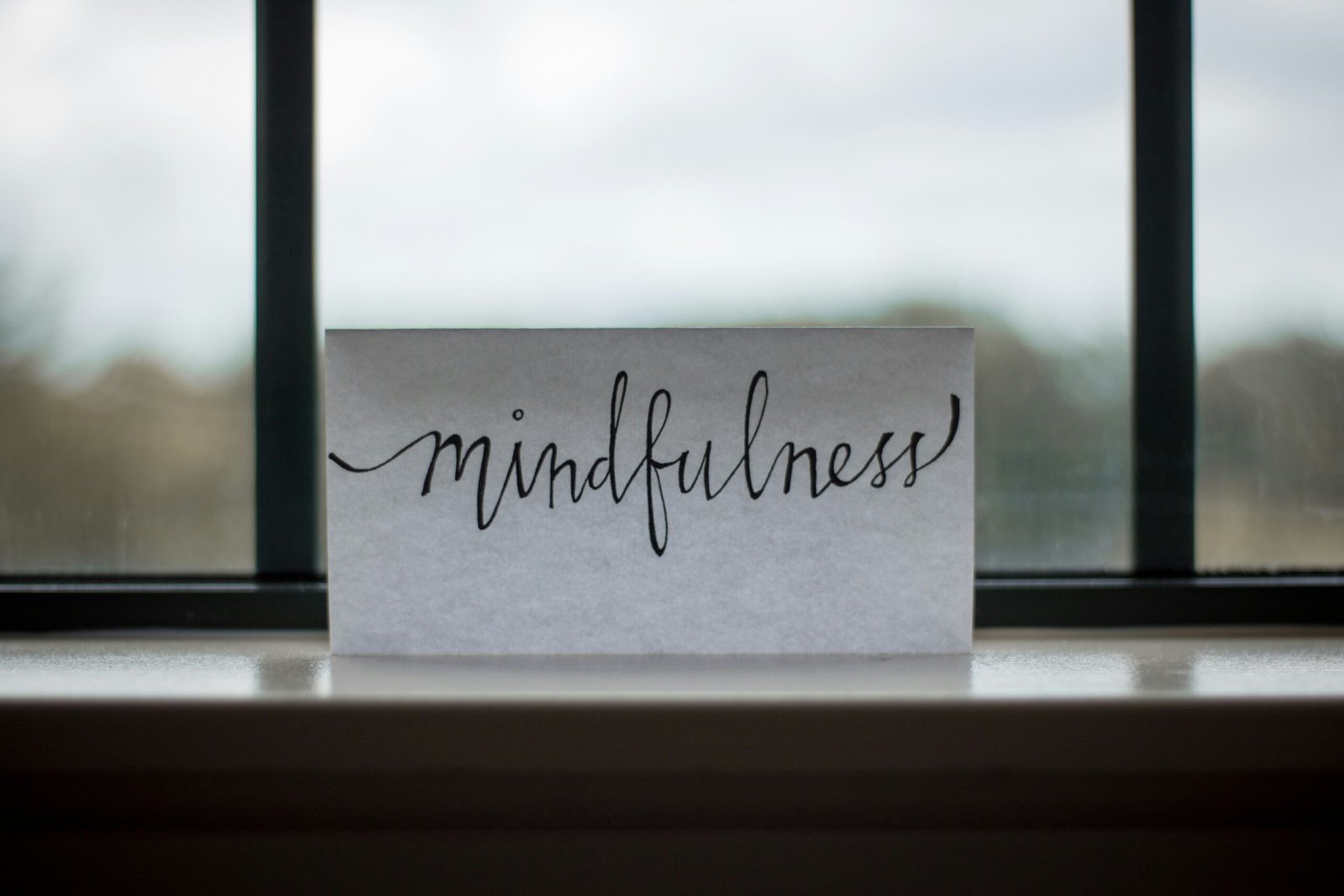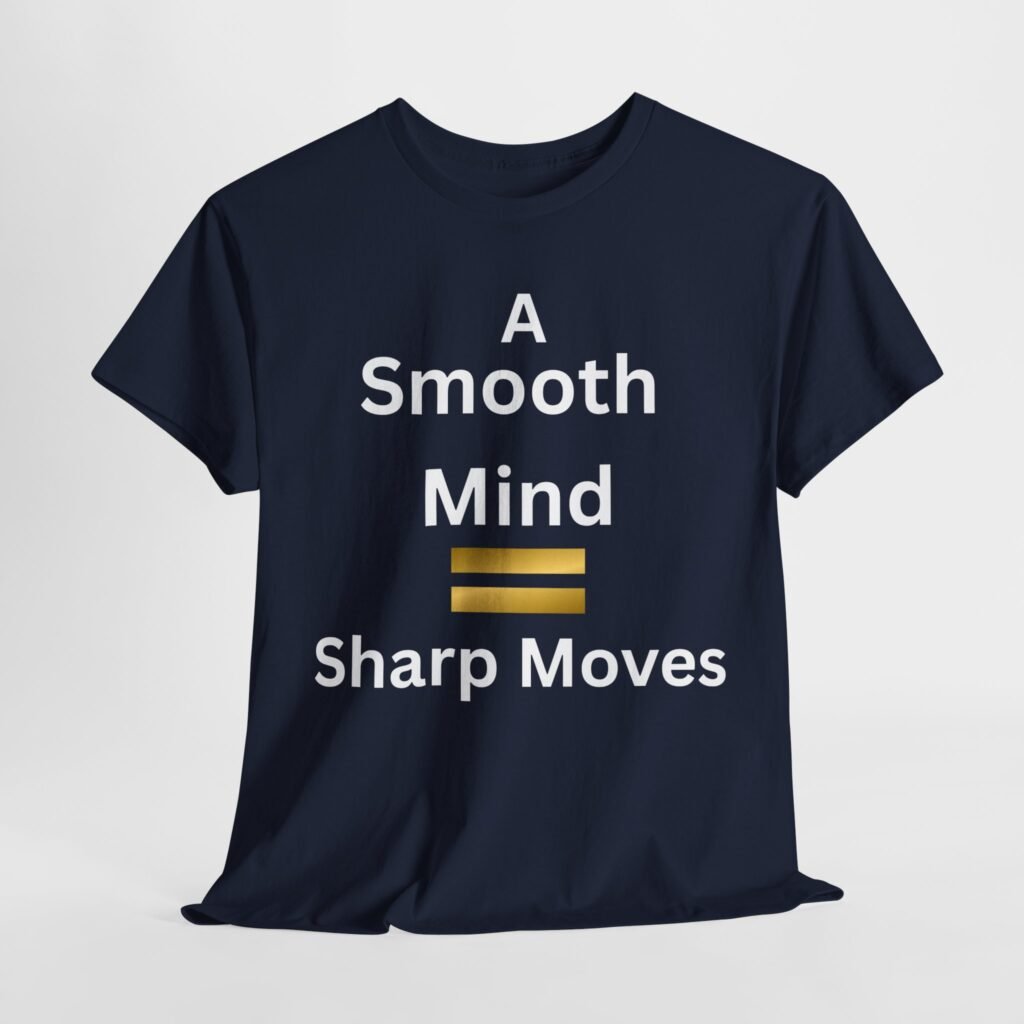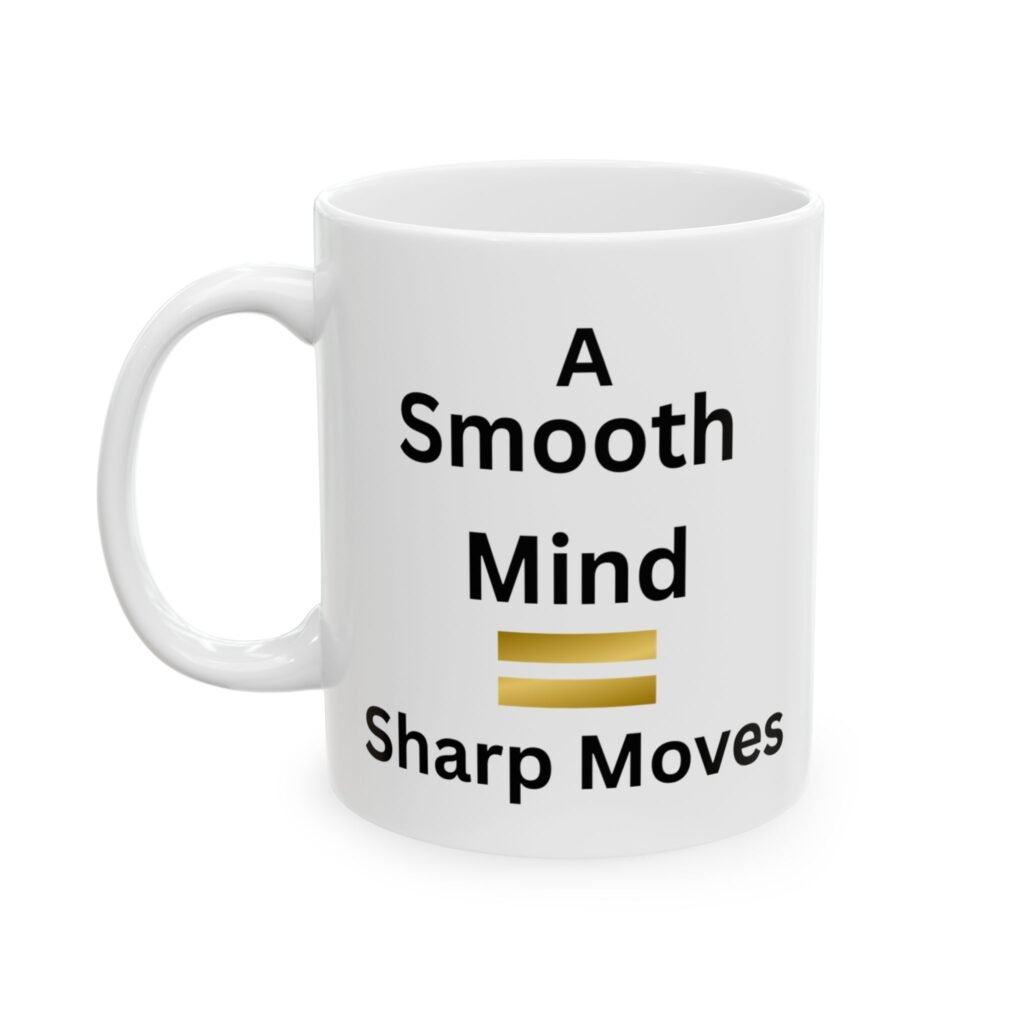Mindfulness: Your Secret Advantage to Sharper Moves
Why Mindfulness Is the New Competitive Edge
We live in an age that glorifies speed: instant replies, overnight results, same-day delivery. Yet the world’s most effective performers—from neurosurgeons to elite athletes—swear by a paradox: the smoother the mind, the sharper the move.
Mindfulness isn’t just a spa-day luxury or a single “ohm” on a yoga mat; it’s a mental operating system that refines reaction time, deepens focus, and fuels adaptive creativity. When practiced consistently, mindfulness rewires the brain for clarity while priming the body for precise, efficient action. In other words, mindfulness isn’t inactivity—it’s the launching pad for purposeful momentum.
This guide will show you:
- The neuroscience that links tranquility to peak performance.
- How “micro-mindfulness” techniques upgrade decision-making in real life.
- A five-step routine to train a smooth mind—then channel it into sharp moves, whether you’re pitching a project, swinging a tennis racquet, or navigating rush-hour traffic.
Settle into your seat, inhale peace, exhale distraction, and let’s begin.
1. The Mind-Body Equation—From Stillness to Skillfulness
Cortisol vs. Catecholamines
- When stress hits, cortisol floods the bloodstream, narrowing attention and stiffening muscles—fine for sprinting from a threat, lousy for nuanced tasks.
- Mindfulness lowers baseline cortisol and balances catecholamines (adrenaline & noradrenaline). Balanced levels translate to relaxed alertness—the sweet spot where reflexes stay quick without tipping into jittery over-arousal.
Neural Efficiency
MRI studies show regular meditators display lower activation in certain brain regions while performing the same task as non-meditators, meaning they use fewer neural resources to achieve equal or better results. Think of it as “running lean” instead of red-lining the engine.
Sensory Gating
Mindfulness trains your thalamus (the brain’s sensory gatekeeper) to filter irrelevant input—so you feel less overwhelmed in noisy environments and can zero in on the cues that matter: a client’s subtle tone shift, a pitcher’s finger placement on the baseball, the faint smell of soup about to scorch.
Key takeaway: Smooth minds conserve mental energy, which can then be deployed into faster pattern recognition, finer motor control, and sharper strategic pivots.
2. Micro-Mindfulness—Turning Spare Moments into Mental Sharpeners
You don’t need an hour-long sit to cultivate calm acuity. Layer these 30-to-90-second “micro-moves” into daily transitions:
| Trigger Moment | Micro-Mindfulness Drill | Performance Benefit |
|---|---|---|
| Email Ding | Box Breath 4-4-4-4—Inhale 4, hold 4, exhale 4, hold 4. | Resets heart-rate variability to prep for thoughtful replies vs. knee-jerk send. |
| Red Light | Body Scan Flash—Move attention from toes to crown in 10 seconds. | Loosens grip on steering wheel; improves peripheral vision & driving precision. |
| Stair Climb | Anchor Word—Silently repeat “smooth” on each exhale. | Links calm state to physical exertion, conditioning nerves for exercise flow. |
| Queue Line | Sensory Five—Notice one thing you can see, hear, feel, smell, taste. | Heightens present-moment data gathering for sharper situational awareness. |
| Before Bed | Gratitude Trio—Log three micro-wins of the day. | Lowers cortisol, improves sleep quality, primes morning focus. |
Do three of these a day for two weeks and you’ll bank roughly 5–7 minutes of daily mindfulness practice—enough to start altering neural circuitry.

3. The Smooth-Mind Circuit—A 5-Step Daily Routine
Step 1: Sunrise “Stillness Sip” (~5 minutes)
- What: Sit by a window, hold a warm mug, breathe naturally, and notice steam patterns.
- Why: Warmth in the hands activates vagus-nerve endings, pushing you into parasympathetic calm. Morning light syncs circadian rhythm for sharper cognition.
Step 2: Precision Movement Burst (~10 minutes)
- Options: Qi-gong, tai chi forms, slow kettlebell halos, sun salutations.
- Cues: Sync breath with movement—exhale on effort, inhale on release.
- Outcome: Marries mindfulness to muscle memory, making later physical tasks more fluid.
Step 3: Single-Task Power Hour (~60 minutes)
- Rule: One project, phone on airplane mode, Pomodoro timer set to 50/10.
- Mindful Twist: Start each 50-minute block with a 15-second “entry breath”; end with a 15-second “exit breath.”
- Payoff: You’ll accomplish more in one focused hour than in three distracted hours.
Step 4: Mid-Afternoon Reset (~3 minutes)
- Technique: “Physiological Sigh” x 3 (two quick inhales, one extended exhale).
- Add-On: Follow with 30-second eye-gazing out a distant window to relax ocular muscles strained by screens.
Step 5: Evening “Review & Release” (~7 minutes)
- Mind Sweep: List lingering tasks or worries.
- Review Wins: Circle three successes, however small.
- Release: Visualize each task sealed in an envelope for tomorrow’s you.
Bedtime arrives with less mental residue—smooth mind preserved, sleep deeper.
If you purchase any of these “Bestseller” products from Amazon using any of these links, Mother Nature’s Wellness may get commission at absolutely no extra cost to you.
4. Sharp Moves in Real-World Arenas
Workplace
- Boardroom Brevity: Mindfulness trains you to sift signal from noise, distilling complex ideas into clear bullet points—power for presentations or negotiations.
- Email Accuracy: A calm brain catches typos, tone missteps, and fuzzy directives that frazzle teams.
Athletics & Fitness
- Swing Calibration: Golf and tennis players report cleaner swings when they anchor attention in the soles of the feet during setup.
- Endurance Economy: Runners practicing mindful breath pacing shave minutes off race times—not by pushing harder, but by optimizing oxygen use.
Creative Pursuits
- Flow On-Demand: Musicians and coders often experience the elusive “zone” faster after a brief mindful pause, as default-mode chatter fades and pattern networks light up.
- Error Recovery: A non-reactive mind returns to the canvas or keyboard after mistakes without spiraling into self-critique—accelerating iteration cycles.
Relationships
- Responsive > Reactive: Mindfulness inserts a “gap space” between trigger and reply, so disagreements become problem-solving collaborations instead of verbal dodgeball.
- Micro-Expressions: Calm individuals notice subtle emotional cues—quivering lip, eyes narrowing—giving them a head start on empathy and resolution.
5. Beyond the Self—Your Smooth Mind Ripples Outward
Stress is contagious, but so is composure. Your regulated nervous system can entrain those around you—a phenomenon called social coherence. Picture:
- A mindful classroom teacher anchoring antsy students.
- A calm ER nurse smoothing patient vitals via steady tone and breathing.
- A parent kneeling to a toddler’s level, exhaling slowly, and dissolving a meltdown before it peaks.
Every time you choose mindfulness, you model to colleagues, friends, and family that calm is an accessible option. Over weeks, shared spaces become quieter, conflicts shorter, and brainstorming sessions richer. Smooth minds unite; sharp moves multiply.
Common Roadblocks (and Quick Pivots)

| Obstacle | Reframe & Remedy |
|---|---|
| “I don’t have time” | You’re already breathing; just do it with awareness—30-second increments count. |
| Racing thoughts | Label them “planning,” “memory,” or “worry,” then return to breath—naming defuses charge. |
| Restless body | Try walking meditation; mindfulness isn’t limited to sitting. |
| Inconsistent practice | Use habit stacking: pair micro-mindfulness with existing anchors (coffee brew, screen unlock). |
Advanced Layer: From Mindfulness to “Mindful Momentum”
Once basic mindfulness becomes habitual, integrate implementation intentions—pre-planned cues linking mindfulness to action.
- Example: “If my heart rate spikes in a meeting, I will soften my gaze, exhale to a count of six, then speak.”
- Example: “If I miss a workout, I will do 30 mindful air squats before bed to honor the promise to my body.”
Over time, your nervous system learns automatic course corrections, turning reactive detours into smooth, pre-charted lanes—sharp moves by design.
Conclusion – Crafting Your Mindful Edge
Mindfulness is not passive serenity—it’s the forging fire that tempers steel into a blade. A smooth mind is the cool water that prevents overheating; the sharp move is the blade slicing through tasks, competition, and challenges with graceful precision.
Start with a single micro-moment today. Drink your next sip of water as though it were liquid clarity. Feel its temperature, its path down your throat, the body’s whisper of “thank you.” That 10-second act is a seed. Water it with repetition and watch a garden of calm competencies blossom—focus, agility, empathy, creativity.
You’ll wake one morning to find the world no quieter, yet your actions infinitely cleaner, faster, and truer. Smooth mind. Sharp moves. Mother Nature approves—and so will every endeavor you set your renewed mind to.
Want more nature-powered wellness tips? Subscribe to our “Mother Nature’s Whisper” newsletter for weekly micro-calm practices, plant-based recipes, and exclusive discount codes on motivational products. Included, will be a weekly episode of our 60-second “POD-Pourri“. Your calm competitive edge awaits...❣️
Disclaimer
I am not a licensed medical professional. All content published on the Mother Nature’s Wellness blog—including text, images, audio, and downloadable materials—is provided for informational and inspirational purposes only. It is not intended to diagnose, treat, cure, or prevent any disease, nor should it be construed as professional medical advice.
Always consult a qualified healthcare provider before:
- Starting or stopping any medication or supplement
- Making significant changes to your diet, exercise routine, or wellness practices
- Relying on any information presented here to address specific health concerns
If you are experiencing a medical emergency, call 911 (or your local emergency number) immediately.
By using this website, you acknowledge and agree that Mother Nature’s Wellness and its contributors are not liable for any loss, damage, or injury resulting from the use—or misuse—of the information provided.







